Для производства высококачественных угольных брикетов все начинается с выбора правильного сырья. Существует множество источников биомассы, которые можно преобразовать в уголь, включая древесную стружку, бамбук, рисовые шелуха и жом сахарного тростника. Выбор этих материалов играет решающую роль в определении характеристик и рыночной стоимости конечного продукта.
В следующих разделах мы рассмотрим лучшие материалы для производства угля и то, как современные машины для производства угольных брикетов улучшают этот процесс для повышения прибыльности.
Лучшие биомассовые материалы для качественных угольных брикетов
Содержание золы в сырье играет важную роль в определении качества угля. Более низкий уровень золы связан с повышенной эффективностью сгорания, увеличенным временем горения и снижением выбросов дыма. Ключевые выводы включают:
- Кокосовые скорлупы (0,61% золы): высоко ценятся за производство угля высшего качества с минимальными остатками.
- Опилки твердых пород (дуб, бамбук, ель; ~0,9% золы): их более плотная структура обеспечивает прочные, долговечные брикеты.
- Стружка бамбука: быстрорастущий и устойчивый вариант, обладающий свойствами горения, аналогичными твердым породам.
- Мягкие породы деревьев, такие как сосна или тополь (которые имеют более высокое содержание золы и более рыхлую структуру), более экономичны для общего угля, в то время как сельскохозяйственные отходы (такие как рисовая шелуха и солома) лучше подходят для промышленного отопления из-за более высокого содержания золы (15–19%).
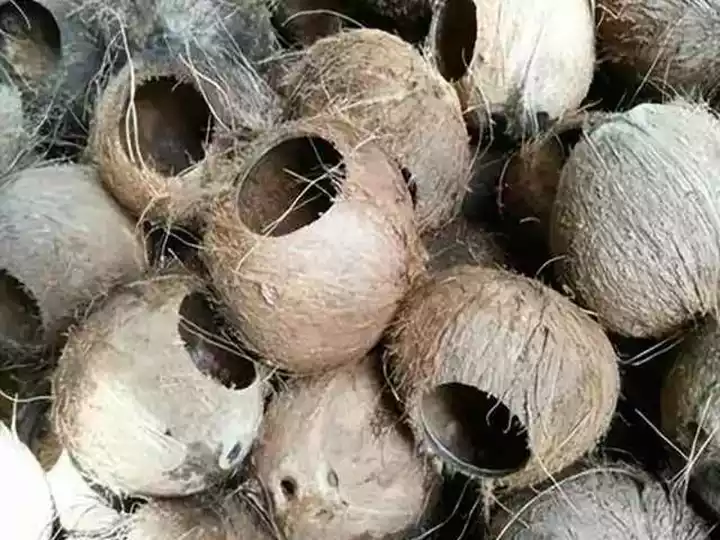
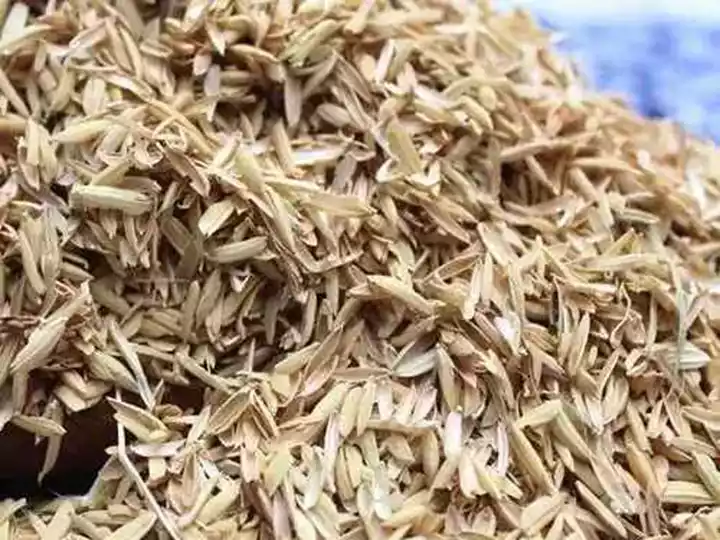
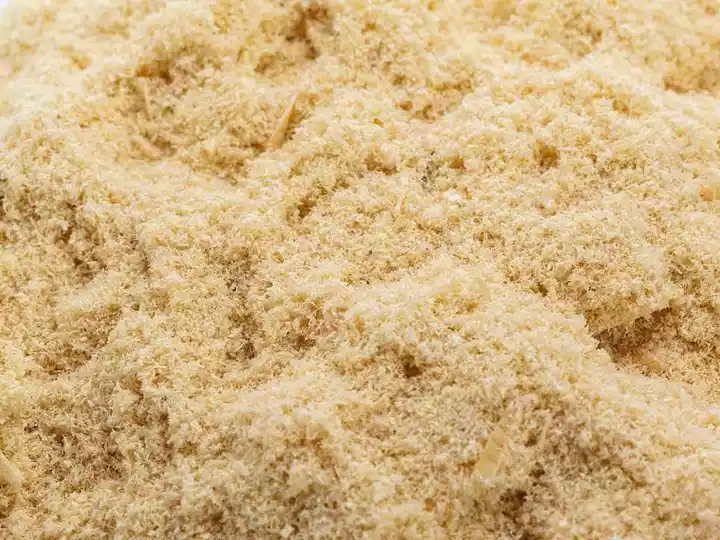
Сбалансированное качество материала и производственные затраты
Хотя кокосовые скорлупы и твердые породы древесины создают высококачественный уголь, их цены и доступность могут различаться в зависимости от региона. Вот как сопоставить материалы с целевыми рынками:
- Премиум-применения (барбекю, кальян): выбирайте материалы с низким содержанием золы (твердые породы, кокосовые скорлупы) для высокоценных рынков.
- Промышленное/домашнее отопление: выбирайте экономичные, высокозольные остатки (шелуха риса, багасса).
Машины для производства угольных брикетов необходимы для переработки различных материалов. Например:
- Дробилка обеспечивает однородный размер частиц биомассы.
- Сушилка минимизирует содержание влаги для повышения эффективности карбонизации.
- Пресс для брикетов сжимает материал в плотные, однородные формы.
- Печь для карбонизации превращает брикеты в конечные угольные продукты.
Подробнее: https://www.charcoal-machines.com/products/charcoal-making-machine.
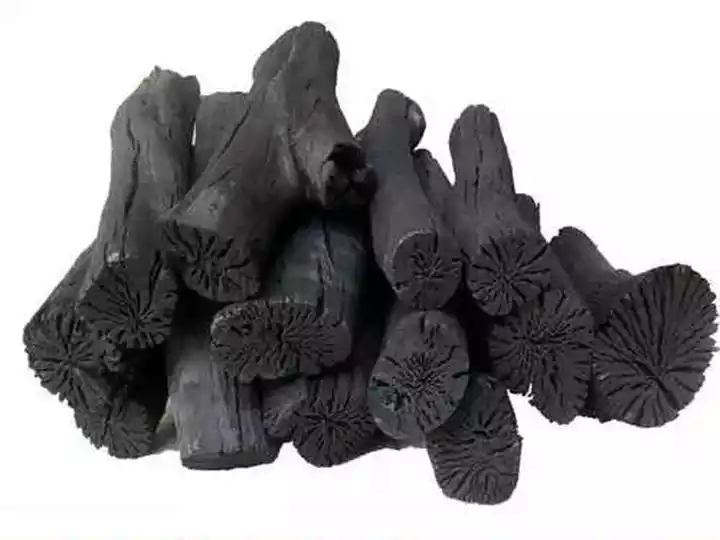
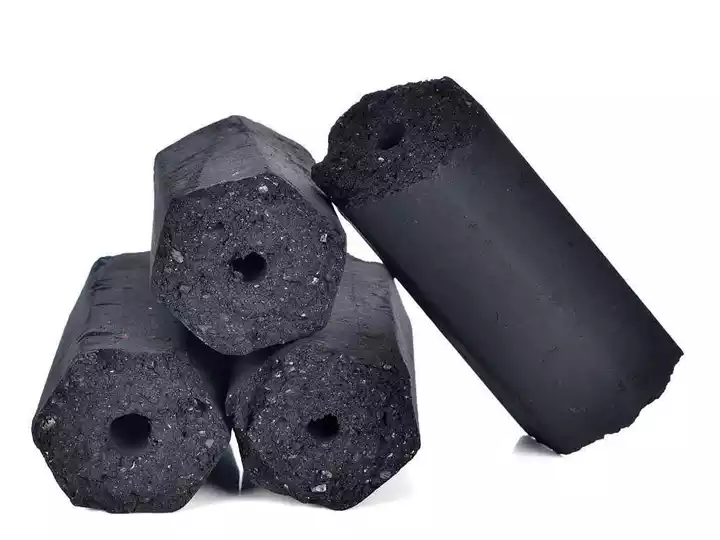
Выберите правильное оборудование для вашего прибыльного завода.
Инвестиции в оборудование для производства древесного угля на заказ могут значительно повысить вашу окупаемость. Основная задача угольного брикетировочного пресса — превратить недорогую биомассу в прибыльный продукт.
Сотрудничая с нашей опытной командой, вы сможете добиться плавного перехода от биомассы к востребованным угольным брикетам. Мы сосредоточены на использовании местных материалов и их сочетании с оптимизированным оборудованием. Свяжитесь с нами, чтобы создать систему, адаптированную к вашим конкретным материалам и целям.

